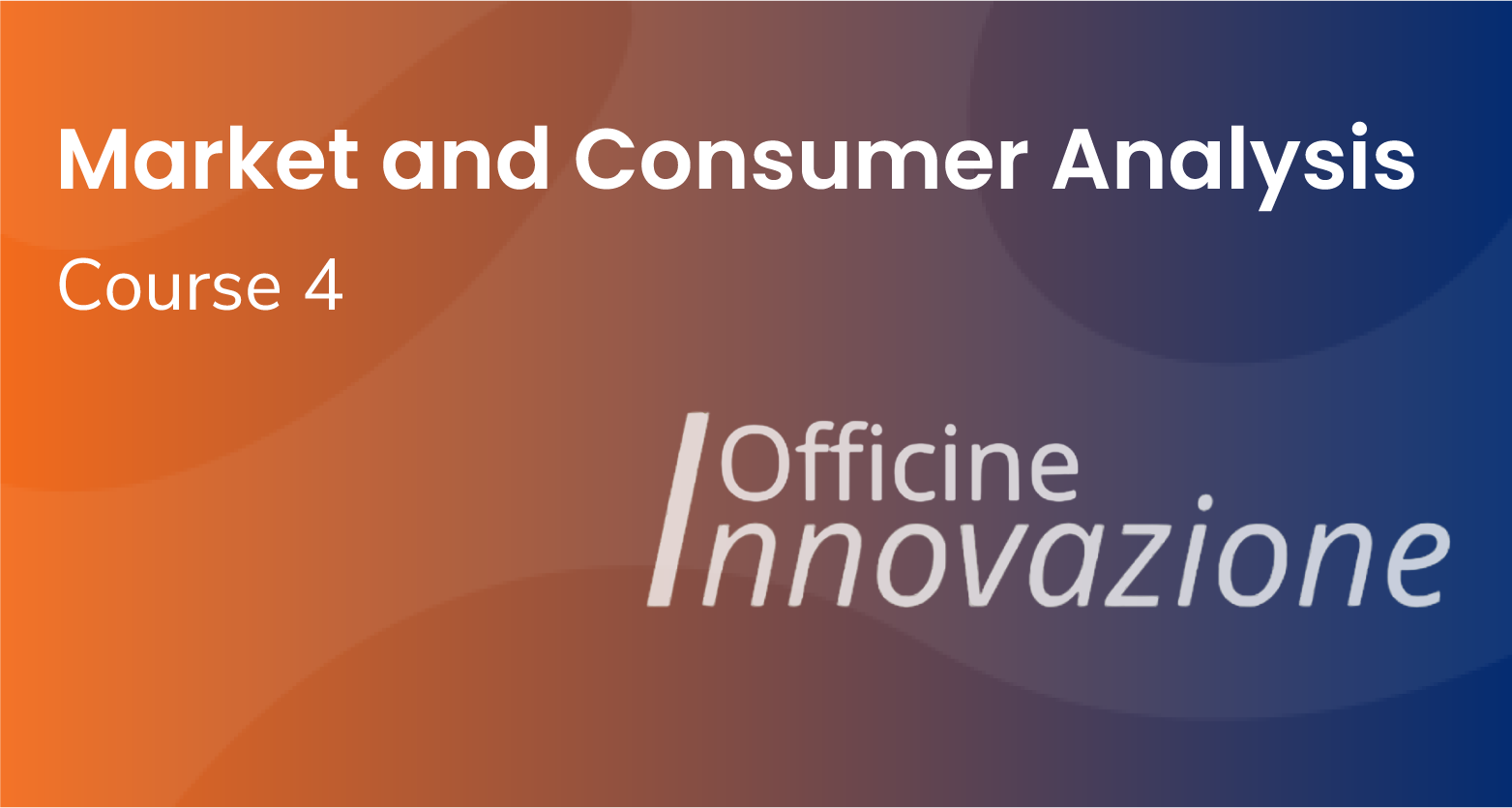
Lorenzo Strocco
Manager


This course’s objective is to give the students the knowledge to use the basic tools and frameworks that are commonly used in business environments to study a particular market and its customers.
In order to provide the students with the ability of performing a good business feasibility analysis for an innovative product or service as well as a good value proposition consolidation, the course will show them different tools and points of view, which will allow them to analyse a market and an opportunity from different perspectives. Knowing how to use these tools and framework will give the chance to know how to describe the attractiveness of a market, to understand its possible risks, its trends and, consequently, its opportunities. In addition to that, knowing how to use these frameworks will allow the students to be able to analyse competitors as well as customers’ behaviour and preferences.
In particular, students will learn how to analyse the market their companies work in by looking at different typologies of variables, both internal and external to their company and by looking at some drivers that are commonly used to study a market. Indeed, they will be introduced to standard tools and framework that help with this analysis.
Firstly, the course will go through the PESTEL framework and the model of the 5 forces, invented by M. Porter. Successively, students will be introduced to drivers such as market sizing, market growth, market trends, market cost structure and some success factors (e.g. tech, operational, logistics, marketing,…).
The second part of the course will be dedicated to the study of the customers and their purchasing habits. It is indeed extremely important for any company to know what element of their product or service the customers appreciate the most, what phases they go through when buying it and how they could potentially become brand ambassadors. Hence, the second part of the course will guide the students through two frameworks that study customer journeys and customer buyer habits.
What is more, students will be introduced to three of the most common techniques used to conduct customer interviews, namely questionnaires, focus groups, 1to1 meetings.
By the end of this module the learners will be able to:
• Study a market, analyze the elements it is composed of and the level of competitiveness within it;
• Evaluate what are the most important features of a market and what product/service elements are key to the customers;
• Understand what actions a company should undertake in order to be more competitive and appealing to customers;
• Map the competition level for a new product/service (basic level);
• Create a customer journey mapping and a buyer’s journey (basic level);
• Know how to study and map customers’ journeys and buying attitudes.
Students are supposed to know the most basic concepts regarding markets and supply chain, namely their most important actors and standard dynamics.
The level of teaching is intermediate. The tools that are presented during the course do not require particular quantitative skills nor the knowledge of any managerial/economic technicality. Nevertheless, it is recommended to have some basic knowledge or experience in managerial or business areas/topics.

Manager